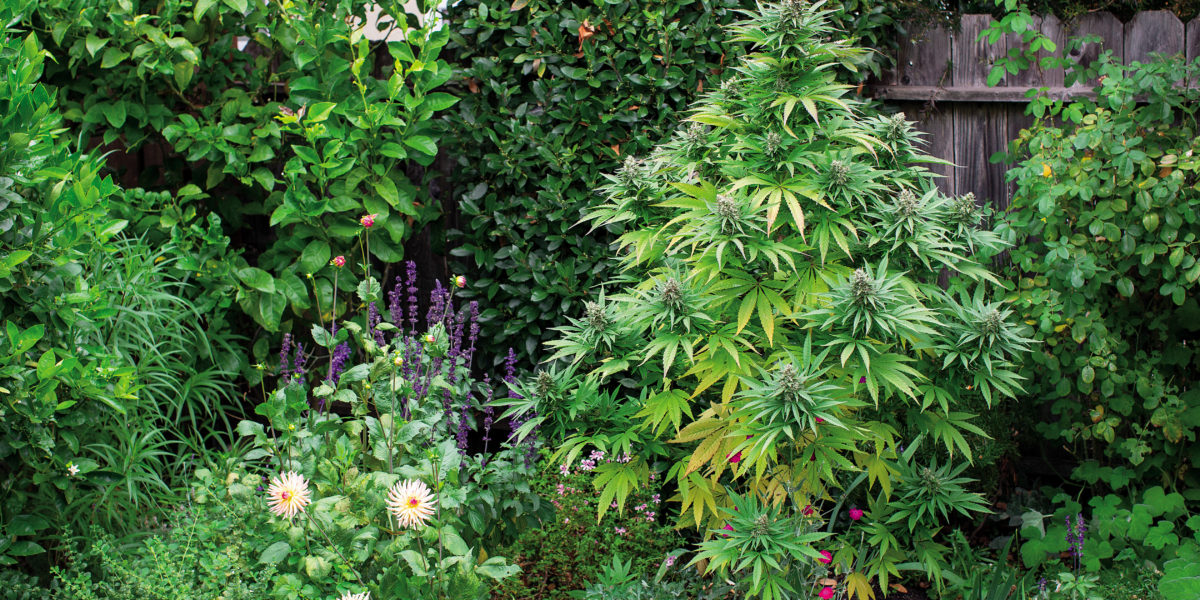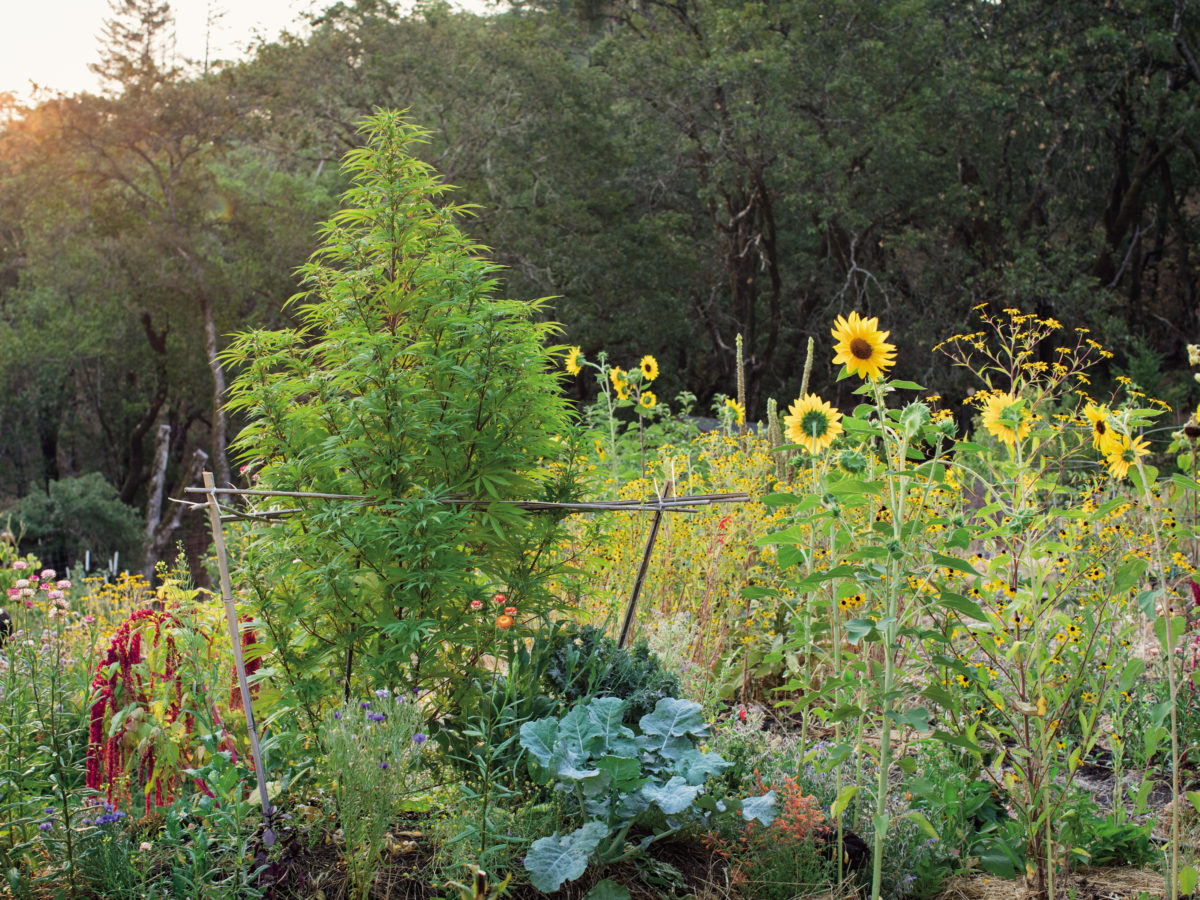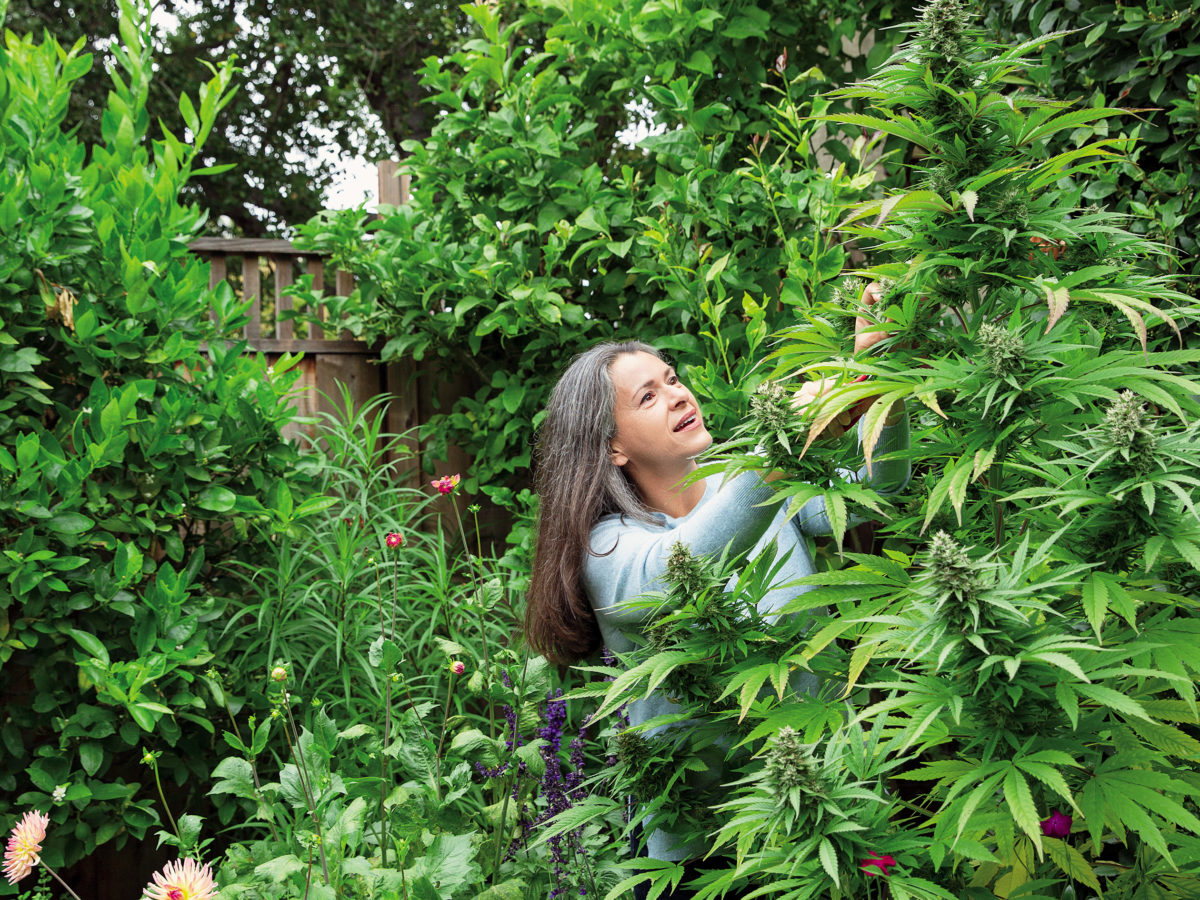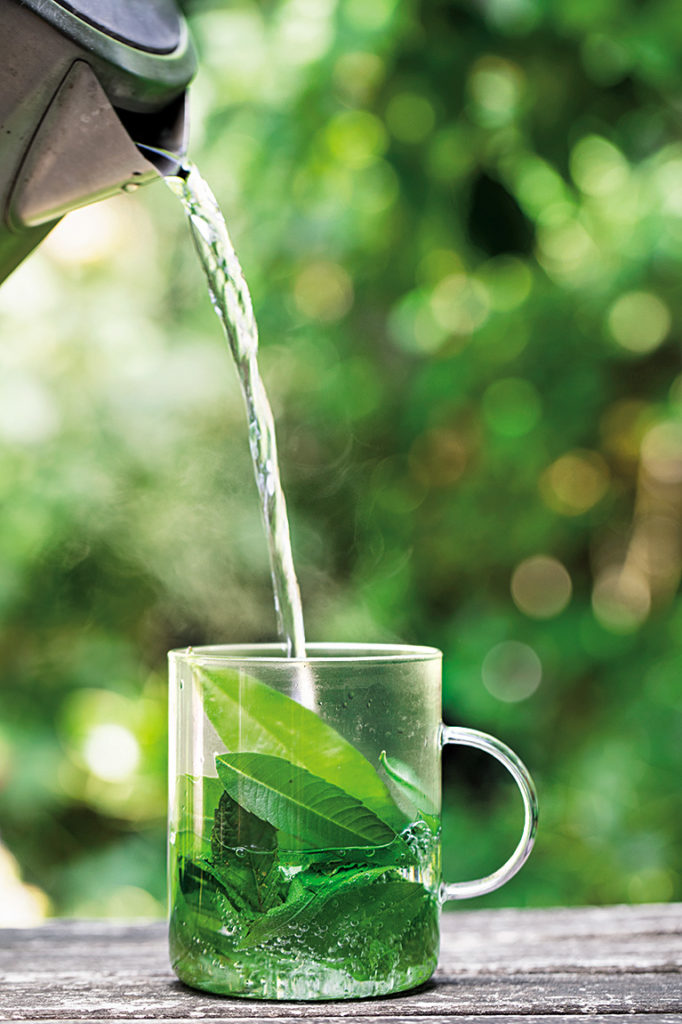
Growing Weed Outdoors Is Easier Than You Think
Clearing up the myths and misconceptions about this centuries-old plant.

Rachel Weill
We only recommend things we love. If you buy something through our site, we might earn a commission.
As the former garden editor of Sunset, I’ve written about plenty of plants—peonies, proteas, and pollinator-magnets come to mind. One thing I never wrote about—pot. But when recreational weed became legal in California in 2017, I found myself curious to grow the plant. Now, with cultivation (either recreational or medicinal) legal in 33 states (and counting) the plant is going more and more mainstream. But a hundred-ish years of clandestine cultivation—largely confined to basements or forests—haven’t done the plant any favors. Solid, gardener-informed growing information is hard to come by. Seed packets boast more about what the plant will do to you than about how to grow it. Books read more like electrician’s manuals than garden primers, and any nods to outdoor growing are about hiding tracks or having scary dogs. I set out to change that. In Growing Weed in the Garden (Abrams, 2020), I treat weed exactly as it deserves to be treated—as another plant that can grow absolutely beautifully in the garden.
Weed is one of the oldest cultivated plants on the planet. If fact, some people surmise it’s the very plant that settled us from nomadic to agricultural. The plant has been hauled to every location inhabited by humans, regarded as food, medicine, clothing, and sacrament. There is certainly no reason to be scared of it. And I’d argue that, because of its fast-growing nature and other-worldly smells, there’s every reason to give it a try.
The Five Most Common Misconceptions about Growing Weed in the Garden
1. Weed Only Grows Indoors
Cannabis was brought indoors due to prohibition—not because of any benefit the plant derives from being grown inside. In other words—weed will be so happy outside. And frankly, so will the gardener! Indoors, you have to worry about artificial lights, pest infestations, air circulation, complicated pruning practices, and on and on. Outdoors, well, it just grows. Sunshine, compost, water. There’s a lot less fuss when you let nature do its thing.

Rachel Weill
2. It’s Very Different from Other Plants in the Garden
The lingo might be different—for example, somewhere along the way, people started saying “strains” instead of cultivars or varieties, but the plant is no different from any other. It’s a fast-growing summer annual, just like a tomato or a pumpkin. Seeds sprout easily and the plant grows beautifully alongside other summer staples or surrounded by flowers, including marigolds, cosmos, or yarrow.



